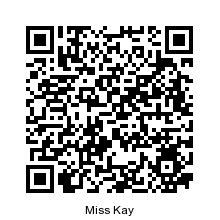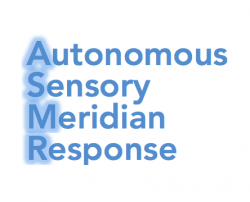There is an intriguing practice within hypnosis called ASMR. These four letters comprise an acronym for the term Autonomous Sensory Meridian Response. Before the term came about, this phenomenon was known under different terms including brain rush, brain orgasm, brain tingle, head tingle, spine tingle or attention induced euphoria. Since it is not considered a sexual orgasmic experience, many practitioners and devotees of ASMR did not want the word orgasm used in conjunction with the experience or even any sexual connotation to be associated with this practice. The word meridian is now used to describe the neural response that is normally triggered through a session. Those who practice ASMR are frequently called Whisperers as they tend to use whispering to induce this neuro feeling along with guided imagery experiences. Most people who pursue ASMR do so for the calming, relaxing feeling from listening to these recordings. Many listeners have claimed that Autonomous Sensory Meridian Response has helped them with insomnia, stress relief via relaxation and even anxiety issues. While this type of hypnotic pursuit is recreational, those who have experienced it as therapeutic often tout its therapeutic powers.
I, Miss Kay, am currently studying Psychology at university level and am researching ASMR as part of my studies. I hope to be able to conduct live ASMR sessions in the future and record whispering audio sessions after my research is complete. Until then, I am fascinated by the information I have found on this phenomenon and look forward to becoming a Whisperer.










